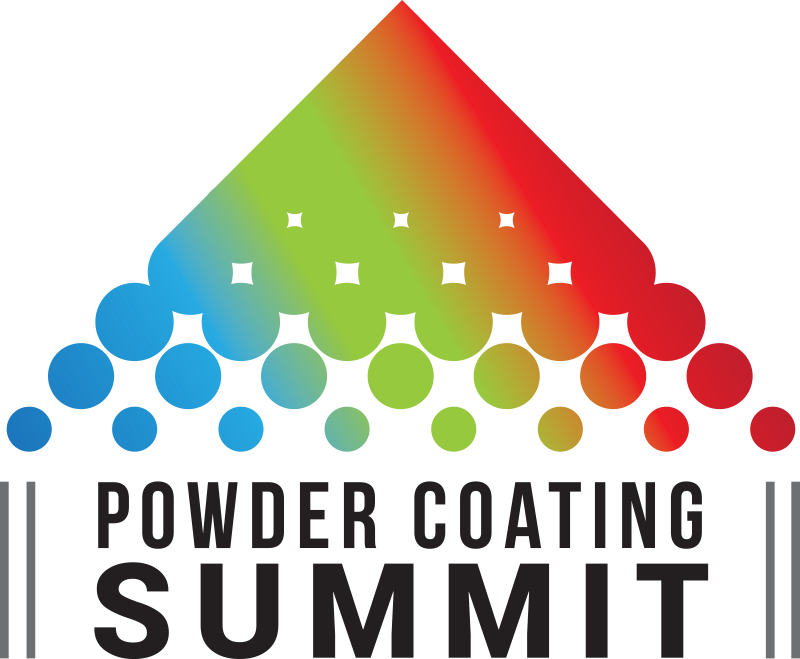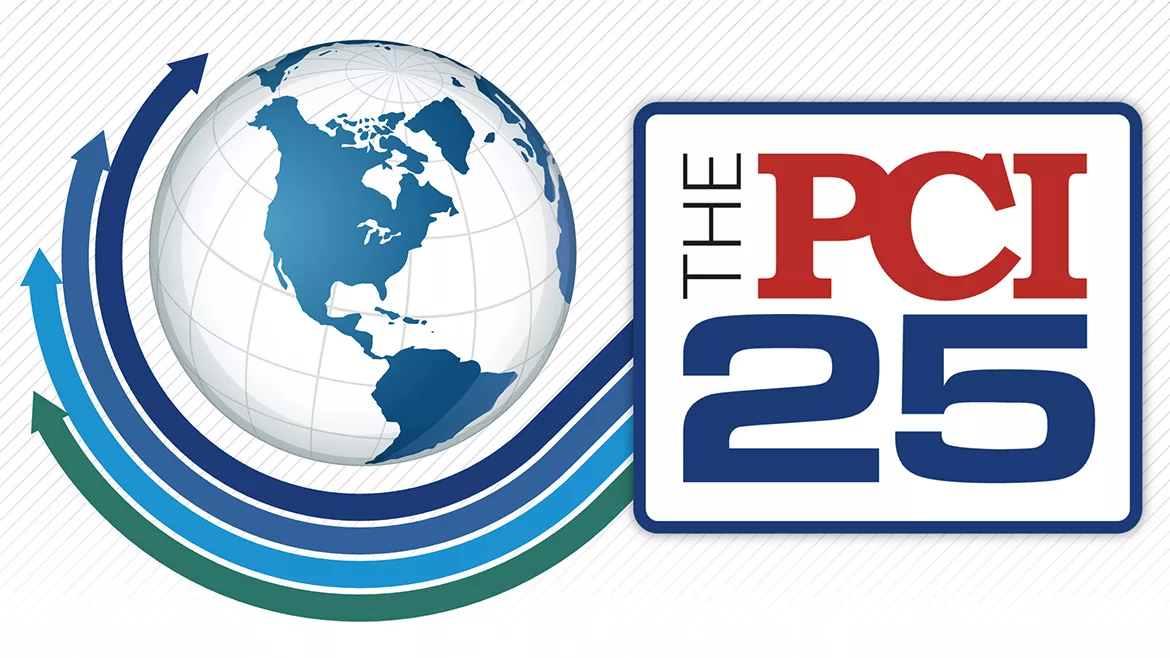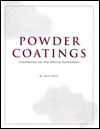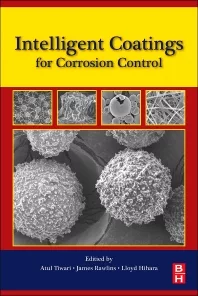Water-Based Solutions for Industrial Metal Coatings
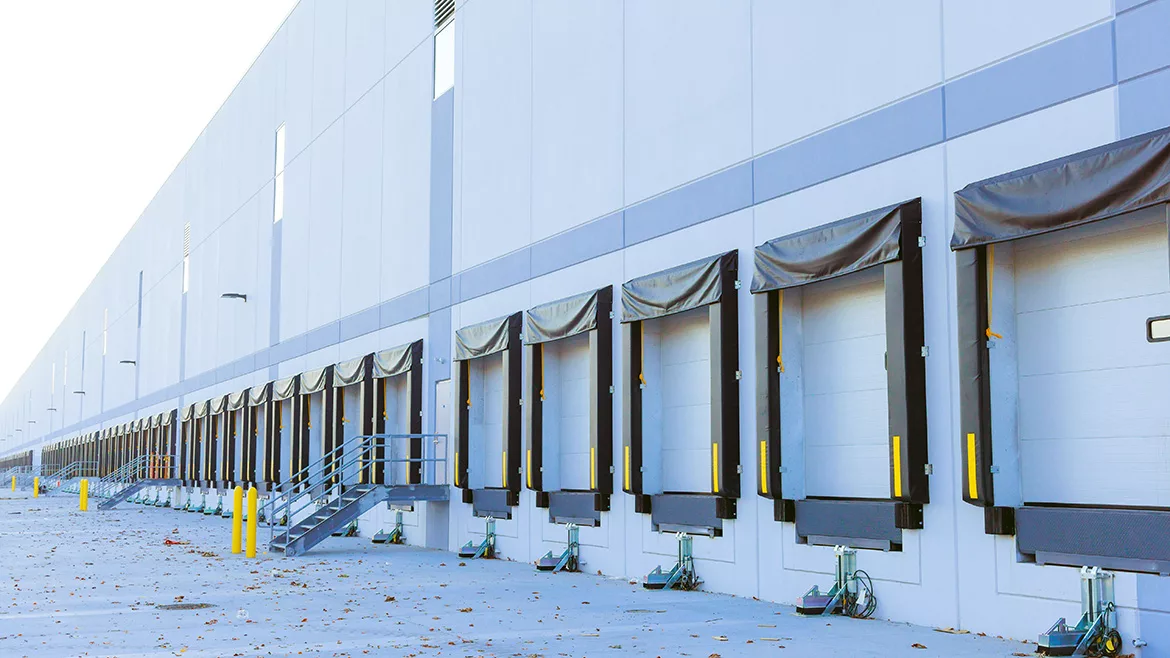
As the globe focuses on sustainable developments, one key area of innovation that continues to develop is water-based resins. We want to ensure that coating technology provides protection to the substrate and is environmentally friendly as well. When you think about protecting a metal substrate, a few key elements come to mind: excellent adhesion to the substrate, outdoor durability, water resistance, and salt spray resistance. When applied in various application areas, the material must also have low odor, good workability, and meet regulations. To characterize the analysis of a water-based resin used in the market for metal substrates, it is essential to consider which technology will offer the most advantages to final performance.
When looking at the industrial coatings market and anti-corrosion solutions, various technologies can be used, including polyacrylics, hydroxyl-functionalized polyacrylics, polyisocyanates, epoxy emulsions, and polyurethane dispersions. The polyacrylic can be used in a 1K solution for light-duty anti-corrosion, which can meet anti-corrosion requirements below the C3 class. The 1K solution provides cost efficiency and is generally suitable for temporary or short-term protection of metal components. The 2K epoxy can provide excellent anti-corrosion performance, usually in the primer. Waterborne polyurethane systems made with hydroxyl-functional polyacrylics and waterborne polyisocyanates offer the best appearance, highest gloss, and hardness, making them ideal as a topcoat for the machinery, transportation, and industrial coatings market. We evaluated various waterborne polyurethane and polyacrylate resins with our water-dispersible polyisocyanates based on hexamethylene diisocyanate (HDI) technology to create a full series of products that offer numerous application options, easy mixing capabilities, and excellent final film properties.
We developed a multifunctional portfolio that offers primers and topcoats and provides blend resin flexibility for the applicator. These coatings can be applied to multi-substrate metals and direct-to-metal applications. Two main characteristics must be achieved upon application: fast drying and hardness build-up. This work ensures innovative technology options for direct-to-metal and metal applications in do-it-yourself (DIY) settings and open industrial areas where coating conditions and environments are not ideal. These coatings provide anti-corrosion protection, good adhesion, water resistance, and exterior durability with flexibility.
Experimental
Polyacrylics demonstrate excellent adhesion to steel, containers, and the DIY market. They offer ultimate flash rust resistance and early water and chemical resistance.
Evaluation of Wanhua Resin A as a high-performance primer showed saltwater resistance for over 240 hours in the chamber. The formulation in Table 1 was applied to cold-rolled steel at a dry film thickness of 40 µm and allowed to dry at 25 °C and 50% relative humidity for seven days before being placed in the salt spray chamber for over 200 hours. The performance of the coating is shown in Table 2 and Figure 1. A special crosslinking monomer was introduced in resin synthesis to improve the degree of crosslinking during film formation and enhance substrate adhesion. A hydrophobic monomer introduced by colleagues enabled the resin to form a superhydrophobic structure after film formation, thus improving water resistance and corrosion resistance.
TABLE 1 | Primer formulation.

TABLE 2 | Wanhua Resin A testing results used in Table 1 formulation.

FIGURE 1 | Wanhua Resin A used in primer formulation.

With modifications to the resin systems and adjustments to the glass transition temperature using monomers, we developed resins that provide a high-gloss topcoat with salt resistance. For topcoats, saltwater resistance is beneficial but not as critical as it is for direct-to-metal primers.
TABLE 3 | Topcoat formulation with high gloss.


After application to cold-rolled steel at a dry film thickness of 35–40 µm, the coating was cured at 25 °C with 50% relative humidity for seven days and then evaluated for the performance metrics listed in Table 4. A visual representation of the high gloss is provided in Figure 2. Through the lower limit exploration and precise control of molecular weight, the Wanhua Resin B solution not only achieved good dispersion of pigment fillers but also effectively prevented issues affecting high gloss maintenance. The specially designed thickening response of the resin improved workability, minimizing flow-hanging effects and ensuring a smooth, excellent appearance.
TABLE 4 | Wanhua Resin B test data.

FIGURE 2 | High-gloss topcoat utilizing Wanhua Resin B.

For Wanhua Resin C, modifications provided the best weather resistance for exterior topcoats, where durability is more critical than high gloss. Testing was conducted in a QUV B with 0.68 W/m² at 60 °C with a cycle that included four hours of condensation at 50 °C. The resin provided a ΔE of 1.1 after 360 hours. Compared to the benchmark, which had a ΔE of 5.3, this resin exhibited only a ΔE of 3.1. The resin maintained its appearance, adhesion, water resistance, and good liquid resin storage stability. The high weather resistance scheme reduced the active benzene ring structure and the presence of free double bonds in the resin design, effectively inhibiting yellowing and powdering after outdoor exposure.
To develop a strong resin system with excellent gas and diesel resistance, modifications were made to create Wanhua Resin D, which offers optimal properties for automotive and heavy industrial applications. The formulation in Table 5 was tested after application to cold-rolled steel at a dry film thickness of 35–40 µm. It was cured for 30 minutes at 80 °C and then left overnight. Table 6 shows that the coating performed similarly to the control benchmark resin, with slight improvements.
TABLE 5 | Automotive, diesel resistance coating formulation.

TABLE 6 | Wanhua Resin D testing performance.

Waterborne polyisocyanate two-component solutions can have blistering when applied with thick films. Possible causes of the blistering could be from the hardener reacting too quickly with water or the coating surface drying too fast. At times, many question the full formulation compatibility of the additives and cosolvent. Then, there is always the application spray environment, which brings in factors such as temperature and humidity. Work has been done to find the best way to decrease blistering without concern for other factors. Focusing on creating improved resin compatibility creates fewer bubbles. During the curing process, the reaction releases the following:
2RNCO + H₂O → RNHCONHR + CO₂↑
This reaction provides a longer open time for the bubbles to leave the film. Based on this, we have created a full series whose appearance depends on the OH content and the required speed of surface drying.
Each market application has its intended need for a primer, a primer surfacer, and a topcoat. We have compiled the best resins and polyisocyanates to be utilized together for the layers and application. When using a hydroxyl-functional polyacrylic for civil and industrial equipment topcoats, the final coat will have an excellent appearance with chemical resistance. These resins are versatile and compatible with both water-based and solvent-based curing agents, as shown in Table 7.
TABLE 7 | Wanhua OH-PA 1 performance topcoat.

When deciding which hydroxyl-functional polyacrylic to choose for specific conditions, a study was conducted to illustrate the performance differences between resins, shown in Figure 3. The Wanhua OH-PA 2 has the shortest dry speed with the highest gloss and durability. If you are looking for a resin with the lowest bubble-free film thickness (BFFT) but similar performance to the other three resins, then the best recommendation would be the Wanhua OH-PA 3. At the same time, the change in pot life is significant.
FIGURE 3 | Wanhua OH-PA Resin 1 performance at 10 minutes room temperature and then 80 oC for 30 minutes cure.

FIGURE 4 | Pot life of the two-component system at 35 oC.

To provide the best performance properties, an open hydroxyl unit can be paired with a water-dispersible polyisocyanate based on hexamethylene diisocyanate (HDI). At 100% solids and varying in isocyanate content and viscosity, it provides the best hand mixing or adequate pot life, which then results in the best bubble-free film with excellent water resistance and durability in exterior environments. To use a hardener properly, the benefits of dilution with a co-solvent must be determined. Hand mixing must also be adequate. With modifications using different cosolvents, particle size differences impact both the overall and film appearance.
Figure 5 illustrates the hand-mixing demonstration. First, mix the hardener into water at a 1:9 ratio by weight. Then, hand mix for two minutes. Pour out the liquid and check for settling.
Table 8 provides the particle size of two hexamethylene diisocyanate (HDI) water-dispersible curing agents at an 80% dilution with a co-solvent to evaluate compatibility. The smaller the particle size, the less swelling of the particles occurred. Curing agent 4 had better compatibility with more of the co-solvents than agent 3. However, butyl acrylate had the largest particle size at 1,568 nm.
FIGURE 5 | Photos of mixing the water dispersible polyisocyanate into water.

TABLE 8 | Particle sizes with different co-solvent diluted to 80%.

When the ~19% isocyanate curing agent is mixed well with our hydroxyl-functional polyacrylic, Figure 6 shows the change in performance with a slightly different water-dispersible polyisocyanate. The performance difference in early water resistance and water soak testing is also evident. The higher the number, the less water uptake.
FIGURE 6 | Water-dispersible curing agent performance.

The key learning from each experimental modification provides insights into solubility parameters that optimize coating performance and final properties.
Results and Discussion
The goal is to improve efficiency with performance. Modifications to the polymer process, glass transition temperature, and stabilization of particles within water—along with compatibility when mixed with other raw materials—continue to support improvements to coating properties. Understanding solubility parameters best suited for optimal performance enhances product stability, application performance, and final film characteristics.
As many have studied, wetting out the coated surface provides the best adhesion. The best adhesion and cohesive bonding improve performance factors. Once compatibility is understood, the number of solutions across different substrates and performance factors grows. These learnings drive the development of new experiments and product designs. A growing number of coatings with specific characteristics tailored to market needs have been developed, delivering optimal value to the industry.
Conclusion
The development of water-based resins, whether one-component or two-component, continues to improve coating ease of application and performance. Advancements in water-based technology enhance coating sustainability by increasing durability and extending the life cycle of coatings. Continued progress in stable emulsions, dispersions, and hardeners will contribute to long-term success in achieving a more sustainable environment.
This paper may contain copyrighted material, the use of which may not have been specifically authorized by the copyright holder. To the extent this paper contains any such copyrighted material, the material is being used for nonprofit educational purposes reflecting a permitted “fair use” thereof as authorized under Title 17 U.S.C. Section 107. If any copyrighted material included in this paper is further used for purposes that go beyond “fair use,” the copyright holder’s permission is required.
Reproduced by CPI with permission of Owner for the 2024 Polyurethanes Technical Conference.
Looking for a reprint of this article?
From high-res PDFs to custom plaques, order your copy today!
